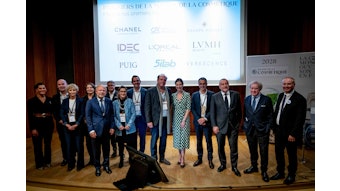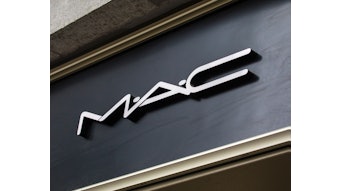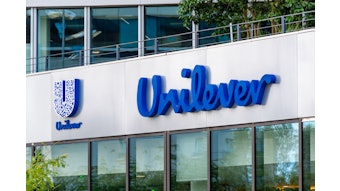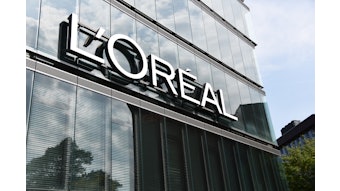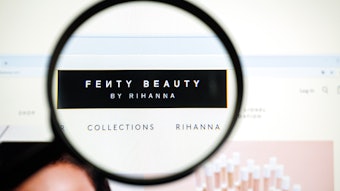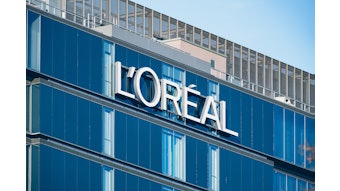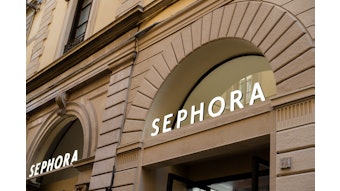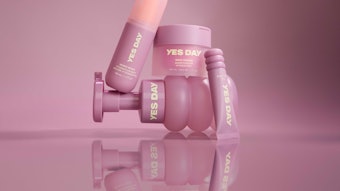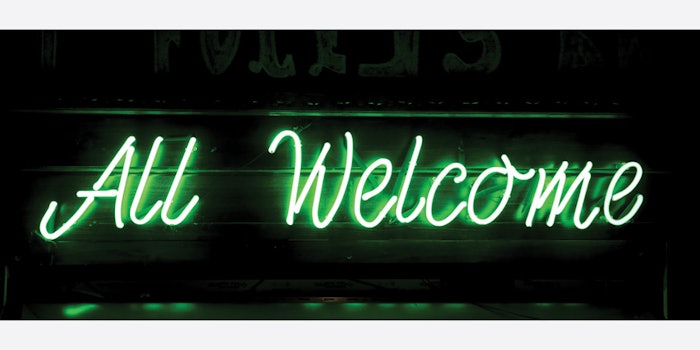
If the beauty industry had a word of the year, 2017’s would have been “inclusive.” From the bombshell performance of Fenty Beauty to the acquisition of Sundial Brands by Unilever to MatchCo’s skin tone matching AI to the continuing rise of indie brands, all manner of traditional barriers to entry for entrepreneurs and consumers are falling by the wayside.
Brands have responded to the increasingly divisive climate in markets such as the United States by diversifying the faces and body types representing them. At the same time, upstart and legacy brands alike have embraced LGBTQ rights and representation, and continue to revamp conventional ideas about gender identity.
But 2017 was also the year of #MeToo, which reminded all of us that institutional inequity continues. As editor in chief of Global Cosmetic Industry, I work on a majority female team at a company with a majority female executive group. This is far from the norm.
As Ledbetter’s data showed last year, women hold just 34% of board seats and 24% of executive positions in the beauty and personal care industrya. While that is statistically better than other industries, it is hardly satisfactory, given beauty’s consumer base and long legacy of female founders.
It’s heartening to see some of the largest organizations performing at the top of the list, including Unilever, Avon, L’Oréal, Estée Lauder, Kimberly-Clark, Bluemercury, Walgreens Boots Alliance and Procter & Gamble, but we all have a long way to go, particularly as these numbers don’t even begin to account for racial or LGBTQ inclusiveness. As #MeToo and other examples have shown, if you’re not represented in the power structure, your voice won’t be fully heard.
I look forward to continuing the conversation throughout 2018 and seeing how the industry continues to widen its embrace.
Jeb Gleason-Allured
Editor in Chief
[email protected], @GCI_Magazine
Footnote:
awww.get ledbetter.com


